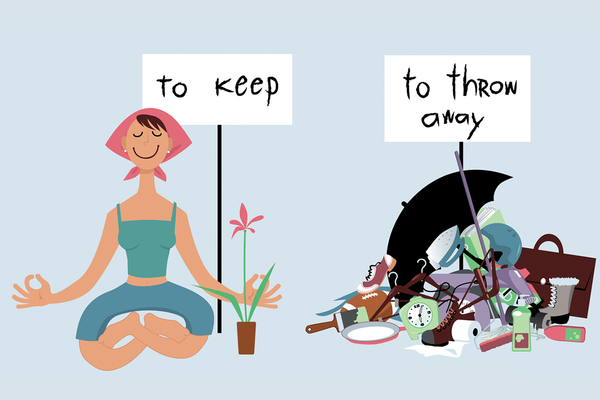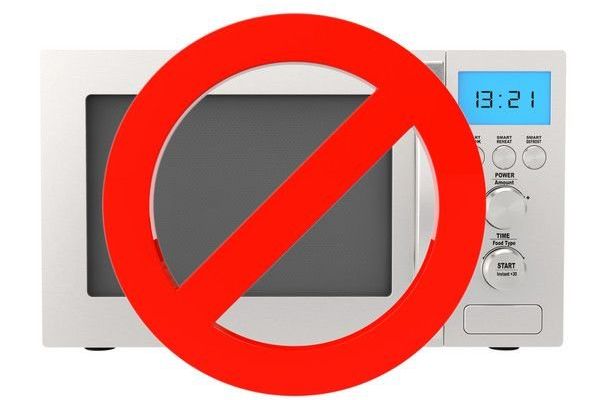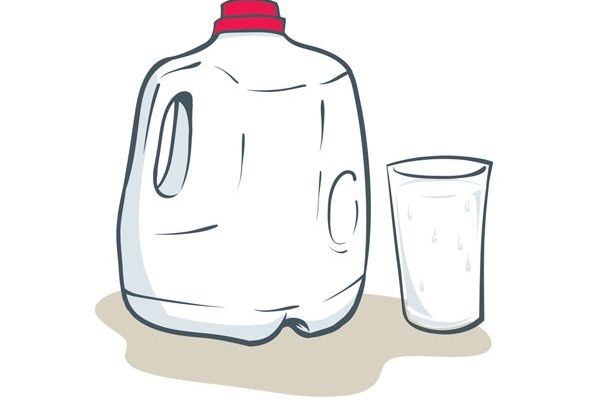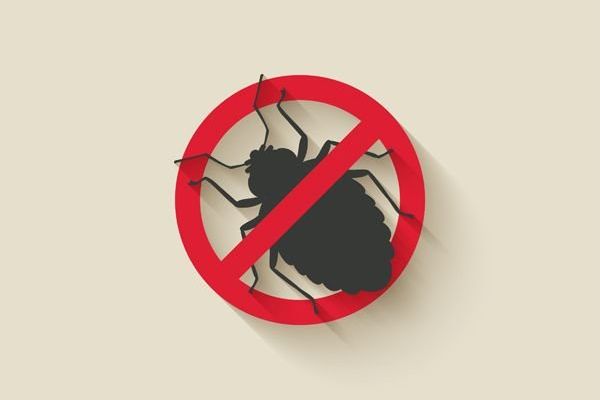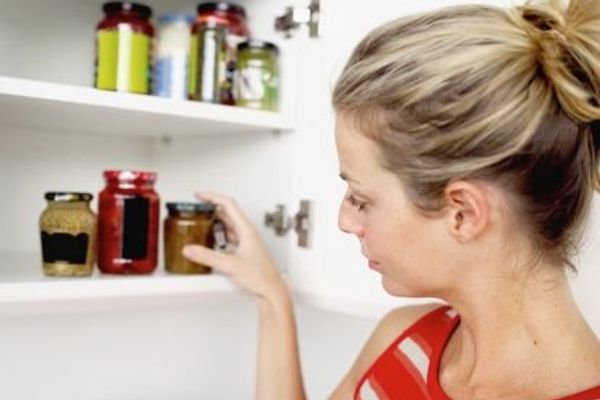How'd you like to have the name Irene right about now? Apologies to my friends with that name. I still love you. But for many others, you'll be forever associated with a devastating hurricane that affected 65 million people and killed more than 40. Estimates run from $3 billion to $5 billion in insured damage and total losses of around $7 billion.
And as I write this, days after Irene hit, there are still over 5 million people in the eastern United States without power. I'm one of those people. Yes, while I'm lucky that our house is still standing and everyone is safe, more than anything I worry about food safety. With a refrigerator and freezer full of food, what stays and what goes? I'm tempted to throw it all out and start fresh, but in an effort to prevent waste—and at the same time, stay healthy—I did some digging and checked in with the USDA.
They say that refrigerators can keep food at a safe temperature for about four hours—if you don't open the door. It's best to keep it closed as much as possible to maintain its cold temperature. Well, that four-hour window has long passed for me, since we lost power on Saturday, so it looks like my fridge will be getting a good purging. I suppose it's an excuse to give it a good thorough scrub and stock it with fresh foods.
But I can't even say we'll have better luck with our frozen food. The USDA says that food in the freezer (if maintained at the right temperature and the freezer is full) can last for 48 hours. Cut that number in half if the freezer is only half full.
Some other helpful tips from the USDA for keeping food and kitchen supplies safe in the event of an electrical outage or flood (remember, it is hurricane season)
- Keep the refrigerator and freezer doors closed as much as possible to maintain the cold temperature.
- The refrigerator will keep food safely cold for about four hours if it is unopened. A full freezer will hold the temperature for approximately 48 hours (24 hours if it is half full) and the door remains closed.
- Discard refrigerated perishable food such as meat, poultry, fish, soft cheeses, milk, eggs, leftovers and deli items after four hours without power.
- Food may be safely refrozen if it still contains ice crystals or is at 40°F or below when checked with a food thermometer.
- Never taste a food to determine its safety!
- Obtain dry or block ice to keep your refrigerator and freezer as cold as possible if the power is going to be out for a prolonged time. Fifty pounds of dry ice should hold an 18-cubic-foot full freezer for two days.
- If the power has been out for several days, check the temperature of the freezer with an appliance thermometer. If the appliance thermometer reads 40°F or below, the food is safe to refreeze.
- If a thermometer has not been kept in the freezer, check each package of food to determine its safety. If the food still contains ice crystals, the food is safe.
- Discard any food that is not in a waterproof container if there is any chance that it has come into contact with flood water. Discard wooden cutting boards, plastic utensils, baby bottle nipples and pacifiers contaminated by flood water.
- Thoroughly wash all metal pans, ceramic dishes and utensils that came in contact with flood water with hot soapy water and sanitize by boiling them in clean water or by immersing them for 15 minutes in a solution of 1 tablespoon of unscented, liquid chlorine bleach per gallon of drinking water.
- Undamaged, commercially prepared foods in all-metal cans and hermetically sealed pouches (for example, flexible, shelf-stable juice or seafood pouches) can be saved.
- Use bottled water that has not been exposed to flood waters. If bottled water is not available, tap water can be boiled for safety.
Are you hoping that brand new chunk of your favorite cheese or never-opened container of that gourmet ice cream is still salvageable? Think a taste will tell you the answer? Don't even consider it. Remember the old saying: When in doubt, throw it out.


